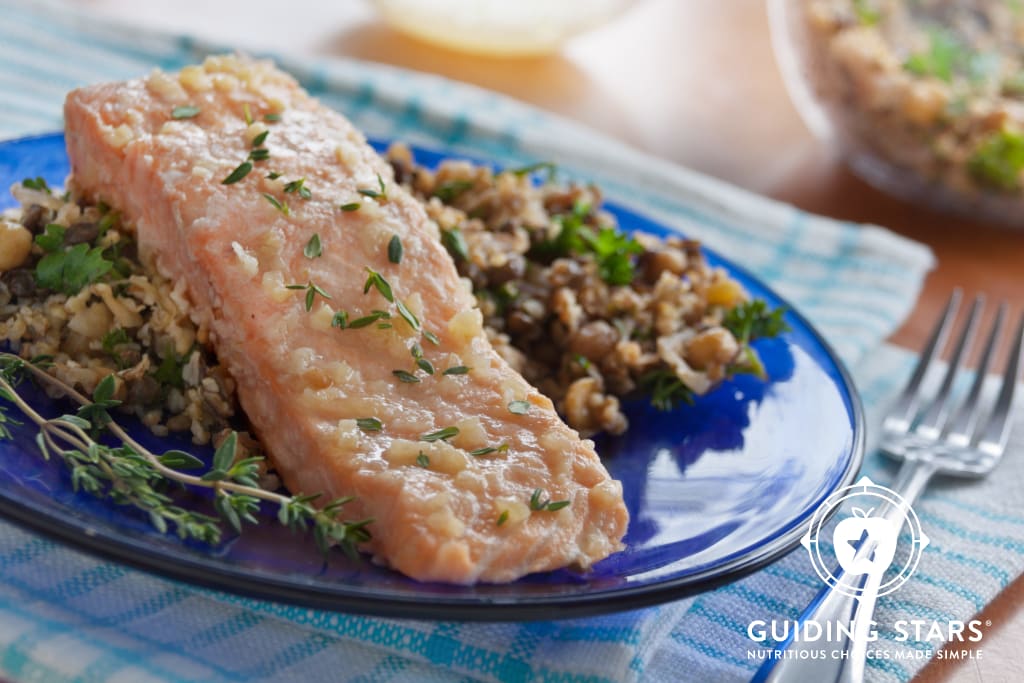
Many of us have a good idea of what the Mediterranean Diet is all about (check out our coverage here if you need a refresher). But have you heard of the Nordic Diet? The Nordic Diet has some similarities with the Mediterranean Diet, largely because they’re both plant-forward. However, they do differ in some key ways. Check out what the newest research on the Nordic Diet reveals about its impact on health. Plus, ways to incorporate aspects of the Nordic Diet into your own eating plan.
What exactly is the Nordic Diet?
The Nordic Diet, as we describe it today, was officially recognized in 2005. It was created by a group of nutritionists, chefs, and scientists to address their region’s increasing rates of obesity. It was also intended to help establish Nordic cuisine as part of the “gourmet food map”. The diet is based on traditional eating patterns in the Nordic countries of Denmark, Norway, Sweden, Finland, the Faroe Islands, Greenland, and Iceland.
The Nordic Diet recommendations were published in 2012. There are three general Nordic Diet recommendations:
- Get more calories from plant foods and fewer from meat.
- Eat more foods from the sea and lakes
- Eat more foods from the wild countryside.
Local foods differ a bit from country to country. In general, they include things like root vegetables, cabbage, oats, rye, legumes, certain berries, apples, low-fat and fermented milk products, and seafood. The most common source of fat is canola oil, since it is produced from the commonly grown rapeseed plant. (By contrast, the main fat in the Mediterranean diet is olive oil.) The Nordic Diet also has a strong undercurrent of sustainability, waste reduction and environmental stewardship.
What are the health impacts of the Nordic Diet?
The diet of the region is packed with highly nutritious whole foods, which form the backbone of healthy eating plans. More specifically though, research indicates that following a Nordic Diet is associated with improved blood lipids, increased insulin sensitivity, and lowered blood pressure. Another study found that subjects with metabolic syndrome (sometimes referred to as “pre-diabetes”) who ate a diet high in fatty fish, bilberries, and whole grains (foods common in the Nordic Diet), had improved markers for inflammation (a condition linked to many chronic diseases) and glucose metabolism, among other things.
There have also been several studies that focus on weight loss from following a Nordic Diet style of eating. Most recently, a study published this year found improvements in blood lipids and blood glucose regulation, even among participants who did not lose weight on the diet. The researchers believe that these effects are due to the predominance of unsaturated fats in the diet, which come primarily from fatty fish, seeds, sunflower oil, and canola oil.
Want to eat a more Nordic style diet?
It’s not difficult to incorporate the foods of the Nordic Diet into your own eating plan. Here are a few tips:
- Plan your grocery list and use the Guiding Stars Food Finder to help you find nutritious choices ahead of time. You can even filter your search for items featuring healthy fats.
- Think beyond the fresh fish case. The Nordic Diet is heavy on fish; don’t forget that here are lots of frozen fish choices, such as portioned salmon and trout. As well as canned fish, like tuna and sardines, that can help you boost your fish intake and help save you money, too.
- Frozen, plain (not sugared) berries are just as nutritious as fresh ones. Plus, they’re super convenient and always “in season”.
- Check out the selection of fermented dairy products at your store. Skyr is basically the Nordic version of Greek yogurt. Kefir is another type of fermented milk that comes in both plain and flavored varieties. Compare brands and types using Guiding Stars to choose nutritious choices.
- Help yourself cook in a more plant-forward way by increasing your repertoire of vegetarian and vegan recipes. There are lots to choose from on the Guiding Stars website—and all meet the nutrition criteria to earn Guiding Stars.